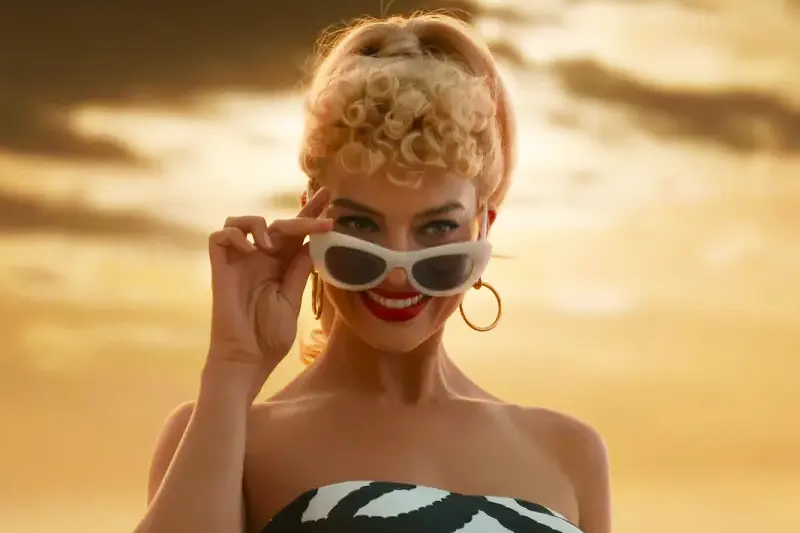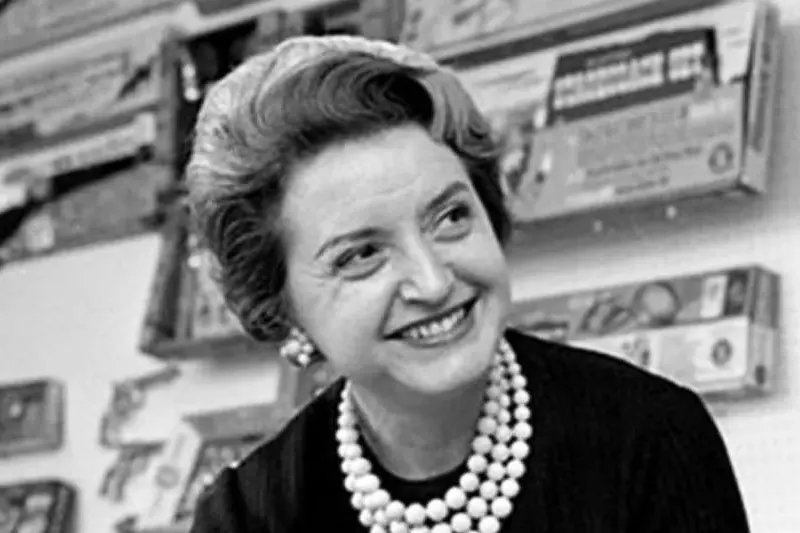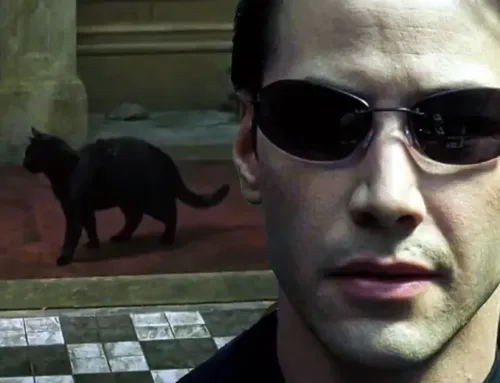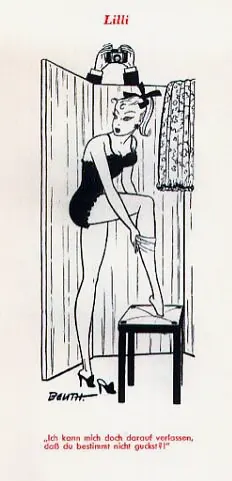 1950s Lilli cartoon sample, see note 6
1950s Lilli cartoon sample, see note 6Over her years, Barbie (the doll) [1] has been a massive marketing success story. A bigger success than the very successful Barbie the Movie [2]. But because I did not have a daughter and because my two boys are Millennials, not Gen Zs, I was not indoctrinated deeply enough in Barbie culture to know about her beginnings.
It turns out Barbie was a slightly toned-down version of a German doll for adults called Lilli, which was in turn based on a risqué adult newspaper cartoon series of the same name. Not that I dug into this too deeply, but the similarity in face and feet is unmistakable. I learned this recently from Globe & Mail’s great little ‘Moment in Time’ feature that runs in only in its printed weekend edition.
This new information leaves me a little conflicted over the message in Barbie the Movie. And from there, I was down a rabbit hole.
The Original Barbie
Ruth Handler, Barbie’s creator, didn’t set out to make a doll for her daughter Barbara. Nor did she set out to free women of the world from The Patriarchy, or enslave them in it.
Ruth was an entrepreneurial business woman who started a furniture business named Mattel in the late 1930s. Mattel started making toy furniture when WWII depressed the real furniture market. Then it transitioned to becoming a toy manufacturer to ride the post-war baby boom.
As our Moment in Time indicates, Barbie was launched by Mattel in 1959 as the first adult doll in North America. It was an instant success. This was Stereotypical Barbie [3], all on her own, with a one-piece swim suit and nothing else.
The Evolving Barbie
Curiously, Barbie was launched just a year before the birth control pill and just as the 1960s—the decade of the civil rights movement and second-wave feminism—got underway. It is reported that Ruth was very directive in Barbie brand development from inception until her retirement in 1974. So it was her who created the massive serially-released wardrobe and props. This was to grow the brand and make money. It was also Ruth that created Astronaut Barbie and many of the others that told young girls they were part of the American Dream too. As well as good marketing, this was Ruth’s helping hand to the social movements of the time.
Barbie’s Mixed Messages
There were small ones:
- Midge had the audacity to get pregnant (guess she didn’t have access to that new birth control pill) and was discontinued
- Growing-Boobs Skipper, also discontinued
- Sugar Daddy Ken – hard to imagine Ruth would have been behind this one—thankfully discontinued
And then there’s the big one: Barbie was never in a long-term relationship with a man (it’s been on-again/off-again with Ken since 1961), she was never married and she never had children. The 92% of American girls 3-12 years-of-age who owned a Barbie [4] may have missed the message that if you want to be Astronaut/Firefighter/President Barbie, it’s going to be a lot harder if you also want children. Or heaven forbid, a significant other of the opposite gender.
The Real Barbie
Obviously, Ruth Handler is the Real Barbie. It’s just that she looked more like Rhea Perlman than Margot Robbie. She was a hugely successful, self-made business woman when most American women were happily (or otherwise) stuck in the ‘Leave It to Beaver’ world. [5] She even had a Just Ken for a husband, though he didn’t look like Ryan Gosling.
Her real message was basically the same as her character’s at the end of Barbie the Movie and had it been heeded at the time, would have helped prevent today’s need for Gloria’s/America Ferrera’s now-iconic speech:
Go for it girls. You can be more than you think, but it’s almost impossible to be everything. Life can be wonderful, but it isn’t easy, even if you’re Barbie.”
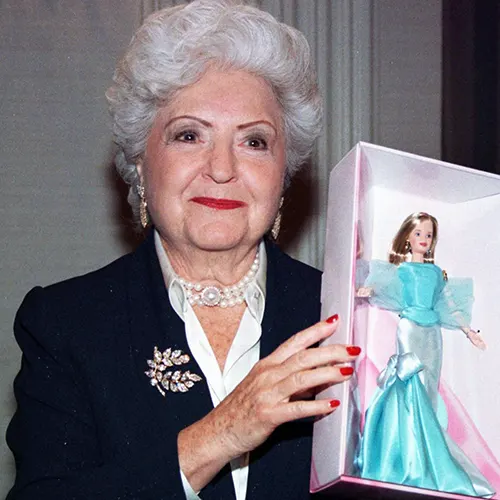
The Other Big Mixed Message
In Barbie the Movie, the Mattel executive team gets rehabilitated in Barbie Land and decides that Ordinary Barbie would be a big commercial success.
She would not. Humans aspire to beauty and greatness. Great marketing acknowledges this.
As a society, we need to keep fiction separate from reality and we need to either emphasise greatness over beauty or evolve our definition of beauty. Others have recognised this, including brands like Mattel and Dove, but there’s clearly inertia on this needed change in our collective thinking.
Ruth Handler was beautiful.
- © 1959-2024, Mattel, Inc.
- © 2023, Mattel Films.
- This is how Barbie defines herself in Barbie the Movie.
- Barbie, Time Magazine Special Edition, 2023.
- For those of you who don’t know, this is Leave it to Beaver world.
- The caption roughly translates to: “I know that you’re definitely not looking.” Okay, not particularly funny, but this is German humour as discussed previously in MW here.
